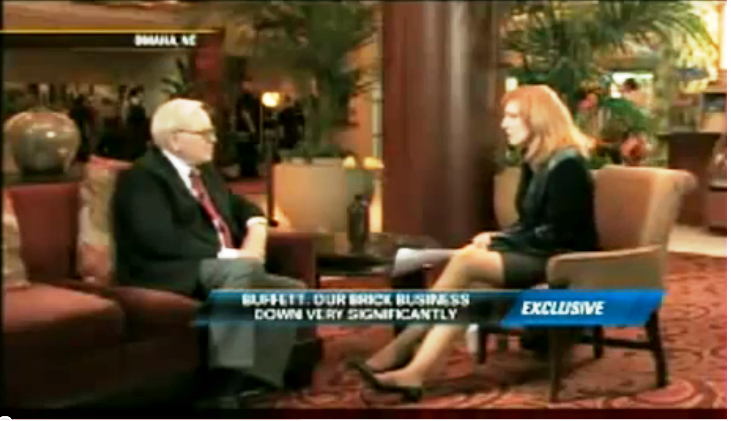
PROTECTION OF INTELLECTUAL property is very important, especially if you’re building a new business around it. Below are a list of “Fun Facts” that you may not have known about these similar, but legally different protection practices.
- A copyright, by definition, is a set of exclusive rights granted by a state to the creator of an original work or their assignee for a limited period of time upon disclosure of the work. This includes the right to copy, distribute and adapt the work
- A trademark (trade mark or trade-mark), by definition, is a distinctive sign or indicator used by an individual, business organization, or other legal entity to identify that the products or services to consumers with which the trademark appears originate from a unique source, and to distinguish its products or services from those of other entities.
- © is the copyright symbol in a copyright notice.
- ™ is the symbol for an unregistered trademark (a mark to promote a brand or goods). SM is the symbol for an unregistered service mark (a mark to promote or brand services). ® is the symbol for a registered trademark.
- A copyright is obtained through the United States Copyright Office (USCO), which is a division of the Library of Congress.
- A trademark is obtained through the United States Patent and Trademark Office (USPTO).
- A copyright protects works of authorship as fixed in a tangible form of expression. Examples of what a copyright covers include works of art, photos, pictures, graphic designs, drawings, songs, music and sound recordings of all kinds, books, manuscripts, publications and other written works, plays, software, movies, shows, and other performance arts.
- If you are interested in protecting a title, slogan, or other short word phrase, generally, you want a trademark.
- Keep in mind that there may be occasions when both copyright and trademark protection are desired for the same project. For example, a marketing campaign for a new product may introduce a new slogan for use with the product, which also appears in advertisements for the product. Copyright and trademark protection will cover different things. The advertisement's text and graphics, as published, will be covered by copyright. This will not, however, protect the slogan. The slogan may be protected by trademark law, but this will not cover the rest of the advertisement. If you want both forms of protection, you will have to perform both types of registration with the United States Trademark and Patent Office (www.uspto.gov) and the United States Copyright Office (www.copyright.gov).
- Initially, copyright law applied only to the copying of books.
- Blacksmiths who made swords in the Roman Empire are thought of as being the first users of trademarks.
This has been a basic collection of “fun facts” surrounding copyrighting and trademarking in the United States. The websites of the respective offices of control listed above offer a wealth of further information, tutorials, step-by-step walk-throughs, and other valuable information that can get you on your way to protecting your intellectual property.
The bottom line is that protection of your intellectual property should be your very first step when starting a new business or project that depends on your intellectual property. Also, just because you’ve conjured up a great concept or idea doesn’t mean that you’re the first to come up with it. Due yourself a favor before you start marketing your new idea and check with the before mentioned government offices in order to ensure that you’re not accidentally taking credit for something someone else has already registered or copyrighted.






















